Electricity is required for lighting up our homes and powering up industries. It can be constructive or destructive depending on how carefully it is handled. One of the most dangerous situations is when there is a short circuit. You may have heard of fired accidents caused due to short circuits or even deaths due to electrocution. The major cause of the electric fire is heat produced due to the flow of high currents through the conductor during a short circuit.
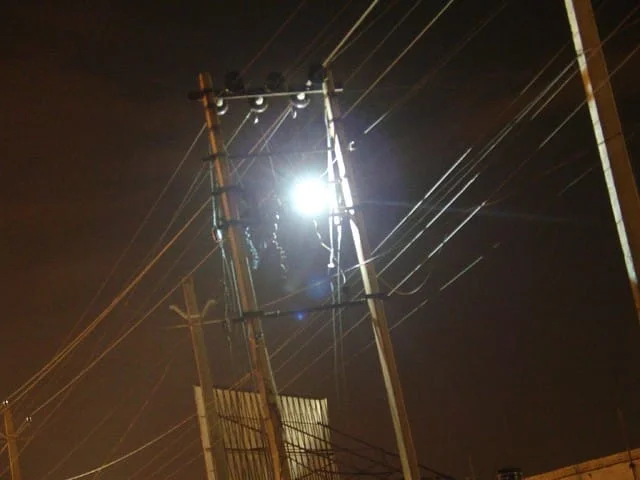
The theory behind short circuits
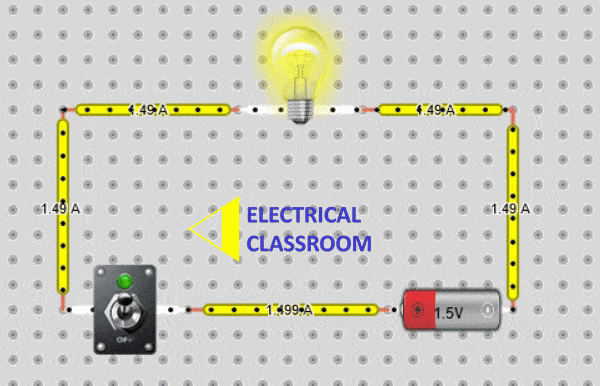
A typical electric circuit consists of a power source and a load connected between the terminals of the source. The load offers an amount of resistance to the flow of current through it, hence limiting the flow. According to Ohm’s law, the current flow in a circuit is directly proportional to the applied voltage and inversely proportional to the resistance offered by the circuit to the current flow.
I α V/R
Where I is the current flow, V is the applied voltage and R is the resistance offered by the circuit to the current flow.
Now think about a situation in which there is no load connected to the source, instead, its terminals are directly connected using a copper wire. Now the load resistance is zero and according to Ohm’s law,
I = V/0 = ∞
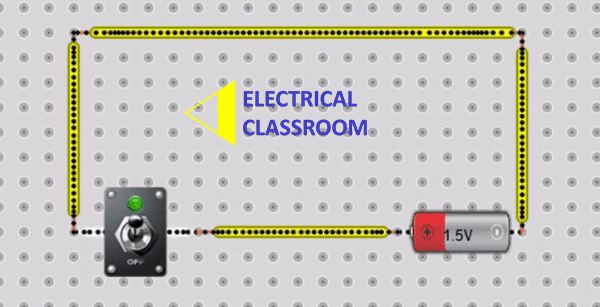
Hence, due to low resistance, an infinite amount of current flows through the wire and damages the wire and the source itself. Comparing Figure 2 to figure 1, you can see that the electron flow is more intense and rapid in Figure 2 than in Figure 1. This condition is known as a short circuit. Electric current always flows through a low resistance path. If you connect a wire parallel to the lamp, since the resistance of the load is more than the wire, an enormous amount of current flows through it and the wire acts as a short circuit.
A practical example of a short circuit.
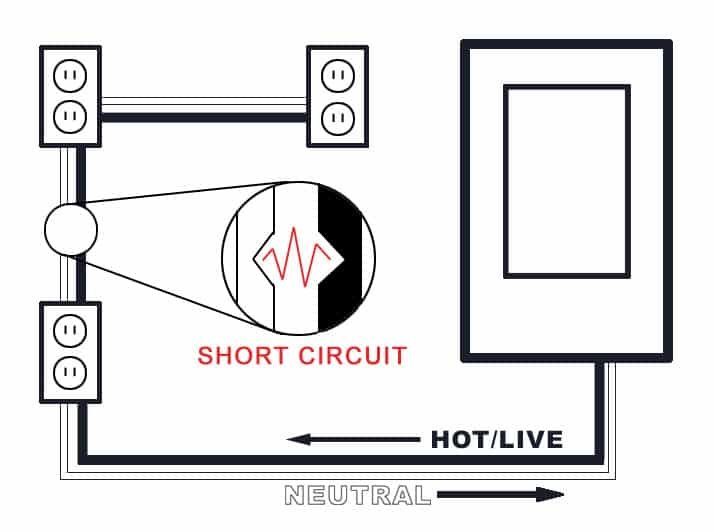
As you know, the power is distributed through the circuit breakers located inside the power distribution board. Consider a situation when there is an insulation failure in the live and neutral wires. Electricity always follows a low resistance path and here due to insulation failure, a low resistance path is formed between live and neutral wires, causing a short circuit. This results in a high current flow between these wires. If a proper circuit breaker is used, it will sense the high current and isolate the circuit. Otherwise, it can cause sparks and even fire.
Definition of short circuit
A short circuit can be defined as an undesirable condition in which an enormous amount of current flows between the terminals of a power source or between the power source and the ground, due to the formation of a new low resistance path in between the terminals of the source. Under this condition, current flow through the point of short increases exponentially and the voltage drops to zero.
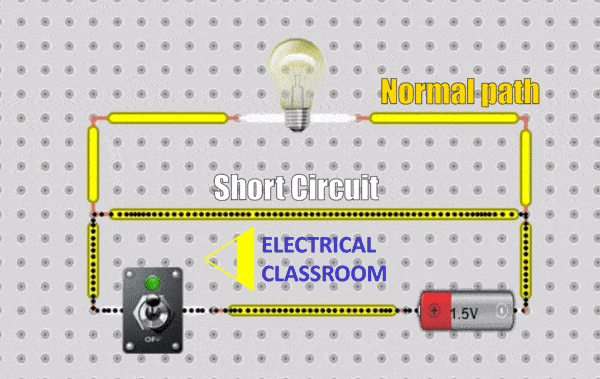
Types of short circuits
They can be categorized into several types depending on how they occur. A situation in which the positive and negative terminals of a DC source or more than one phase of AC or line and neutral of AC come into direct contact is known as a short circuit. Also, direct contact with any live conductor with the ground can cause abnormally high current flow. It is known as a ground fault. In a three-phase AC system, direct contact between two or more phases is known as a phase-to-phase fault.
Damages caused
The major outcome of an electric short circuit is fire. According to the data collected by the United States Fire Administration, 6.5% of total resident fire incidents reported in the country were caused by an electrical malfunction, mostly short circuits. High current flow during short circuits heats up the conductor, damages the insulation, and may result in electric fires, which can cause serious injuries and risk to life.
Causes of short circuits
The following are the major causes of short circuits.
- Insulation failures
- Improper wiring
- Faulty equipment
- Mishandling of electricity
- Natural calamities
Out of all these, insulation failure is the major reason. Damage to cable insulation can be the reason for a short circuit. Improper wiring allows direct contact with unlike phases. Even wet surfaces can conduct electricity and cause short circuits. Improper wiring allows direct contact between unlike terminals resulting in short circuits. Mishandling of electricity or direct contact with the live conductor can also be the cause of earth faults and short circuits.
Short circuit protection
Electric fuses and circuit breakers are used to limit the damages caused by a short circuit. Further Earth leakage relays and RCCBs are used for earth faults. Circuit breakers and fuses isolate the power whenever they sense any current inrush. Even though fuses and circuit breakers devices cannot completely prevent short circuits but can limit the damages caused by them by isolating the power in the event of faults.
Applications of short circuits
One of the major applications of short circuits is arc welding. Electric arcs created during short circuits can generate heat if around 6500 deg. Celsius. This can be used for welding metals. Both AC and DC can be used to create an electric arc.